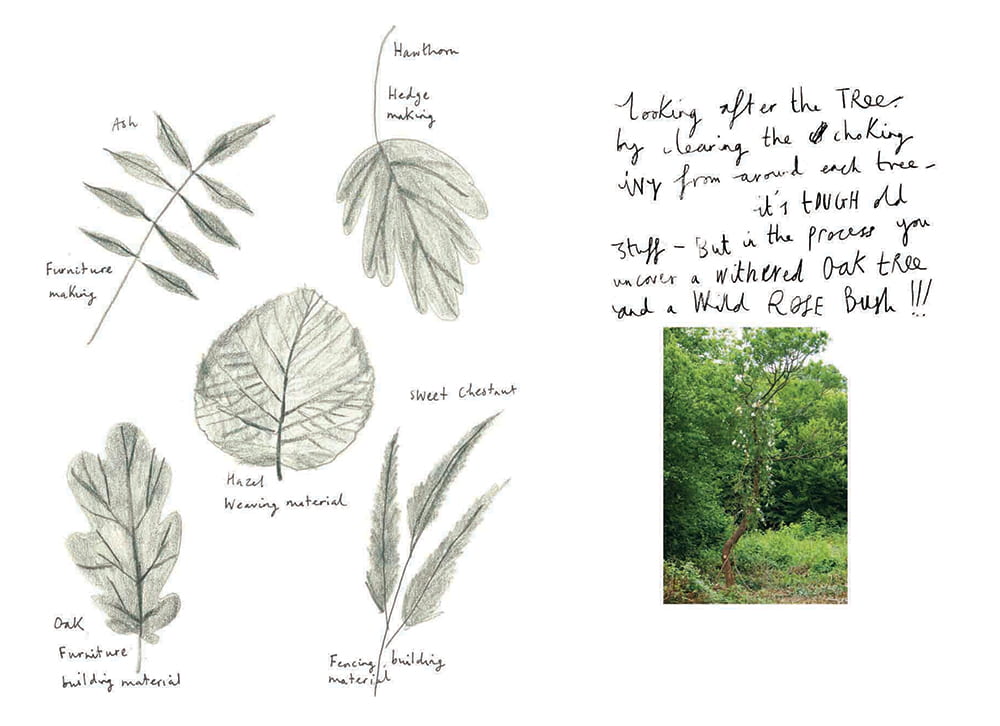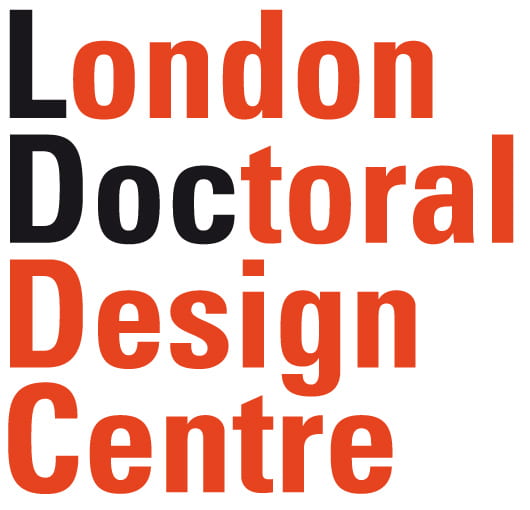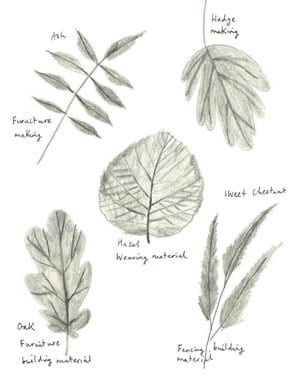
Identifying and Narrating the Woodland Steward. Excerpt taken from the self published book ‘Diary of a Redundant Cow Shed.’
The subject area is the children’s natural history picture book. The disciplines include education (with links to the UK national curriculum Key stage 2), science and visual communication.
As we consider our roles and responsibilities in the safeguarding of natural habitats and our own existence living off the land, this research will question how we develop ways in which children are able to engage in these debates based on scientific rationales. By developing a design system to help children address global issues of sustainability from a scientific perspective, this practice-led research takes the position that children should have the tools to be able to comprehend and provide their own reflections on these key issues: the children’s picture book needs to be re designed to offer the potential to do so.
To date, resources are primarily focused on activity sheets and task related content, with many publishers and organizations keeping the systems of scientific rationale and narrative picture book separate, leaving children unable to engage meaningfully with the scientific ideas that in this case are related to very real global issues. At present there is not a method by which children are able to engage more directly with scientific information.
Since the introduction of the National Curriculum in 1988, learning outside the classroom was discouraged. Since 2006 The Council for Learning Outside the Classroom (LOtC) launched their manifesto; a shared vision to raise achievement through an organized and powerful approach to learning in which direct experience is of prime importance. This research is seeking to bridge the child’s direct experience and the educational content through the designing and testing of new systems within this type of learning and the subject specific knowledge needed to educate through the children’s picture book.
The need and scope for interactive narratives within more formal education has been demonstrated through The Welcome Trust’s project Counter-Storytelling in Science: Authoring a Place in the Worlds of Science and Community developed to address and challenge ideas of achievement in science. ‘They were clear that they were less interested in watching their teachers talk than in having the opportunity to capture themselves and their peers on film talking and doing science’ (Barton., O’Neill. p.144).
My research method includes a circular process of testing and feedback with the publishing industry, educational professionals, policyholders and children themselves to develop new systems. This includes exploring the role of the interactive narrative to develop deeper questioning and reflection.
Practice research and areas of study include The Book as a Playground, Interaction through Gaming, Designing Non-Linear Systems, and Interactive Narrative Systems, in order to identify interaction that enables children to consider their role as future woodland stewards.

